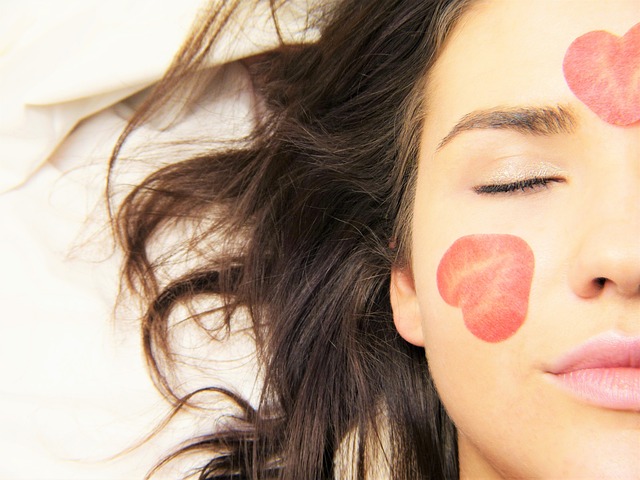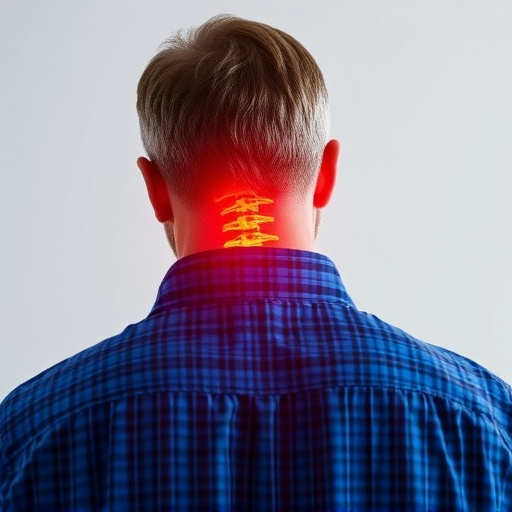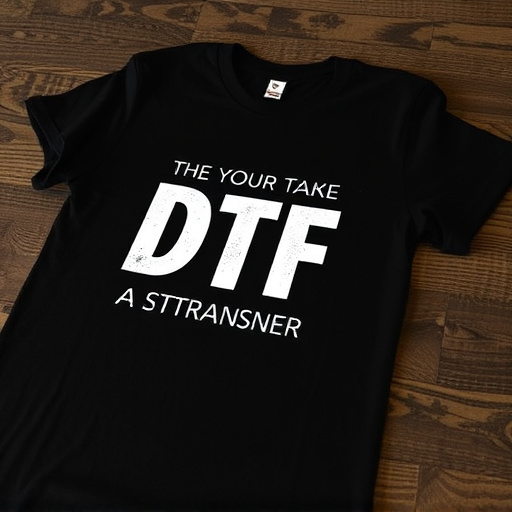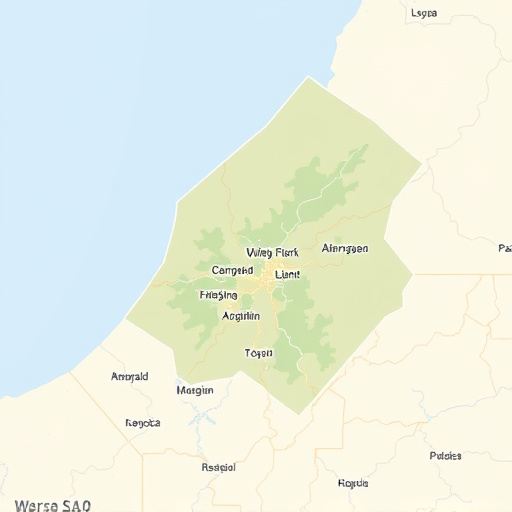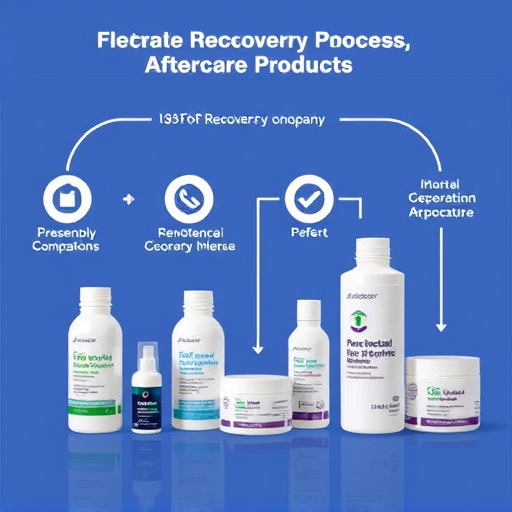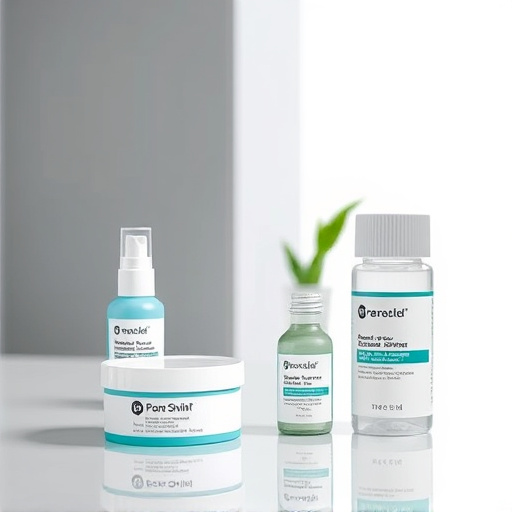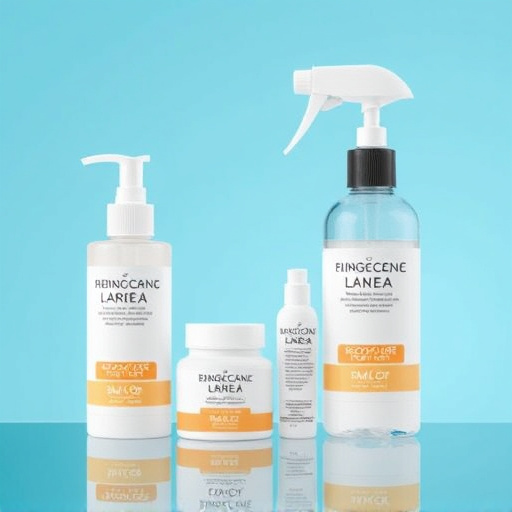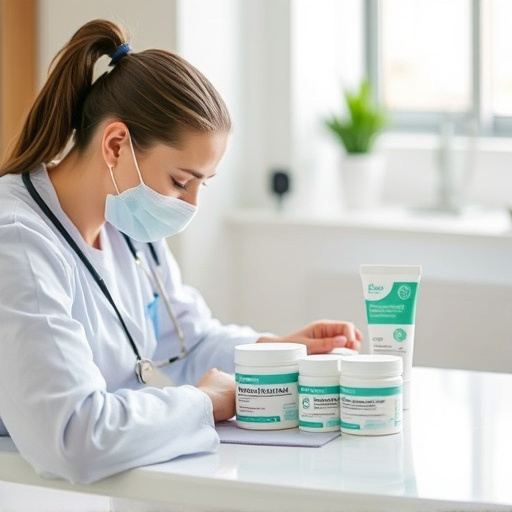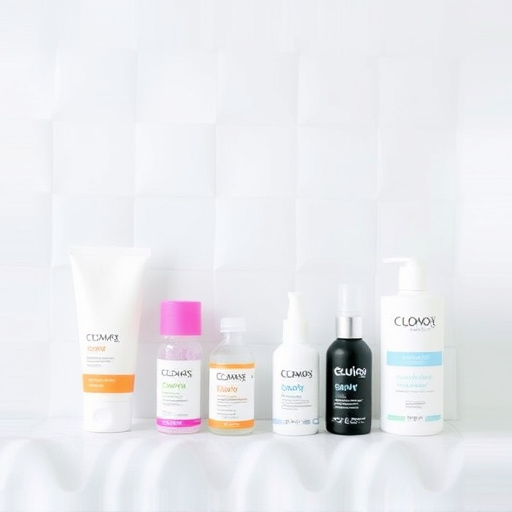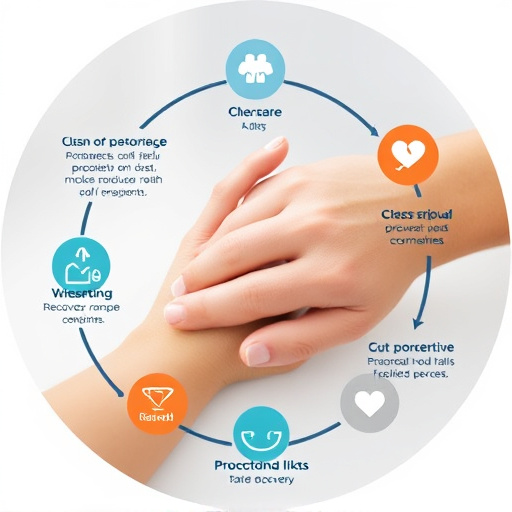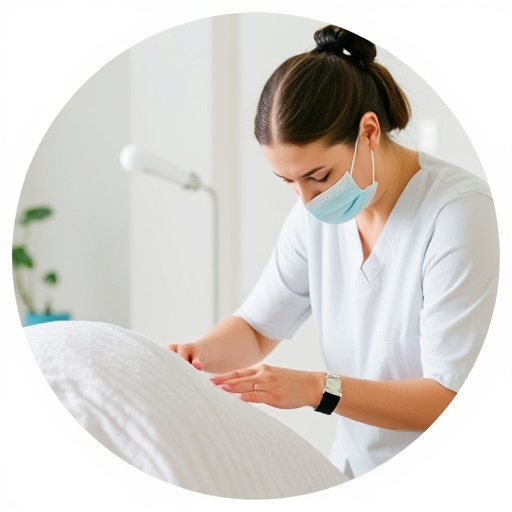Laser hair removal recovery (1-2 days) involves managing redness/swelling. Care instructions include protecting treated skin from sun, using topical products, staying hydrated & maintaining a balanced diet. Over-the-counter pain relievers can soothe temporary discomfort. Complications like severe pain, inflammation or itching require immediate medical attention to optimize recovery time.
“Uncover the full potential of laser hair removal with our comprehensive guide to speedy recovery. From understanding the post-treatment process to optimizing healing, this article is your go-to resource. Learn what to expect during the initial stages of recovery and discover practical tips for a seamless journey.
Additionally, we’ll shed light on recognizing potential complications and when to seek medical attention, ensuring you’re equipped with all the knowledge needed for a successful laser hair removal experience.”
- Understanding Laser Hair Removal Recovery: What to Expect
- Optimizing the Healing Process: Tips and Best Practices
- When to Seek Medical Attention: Signs of Complications and When to Worry
Understanding Laser Hair Removal Recovery: What to Expect
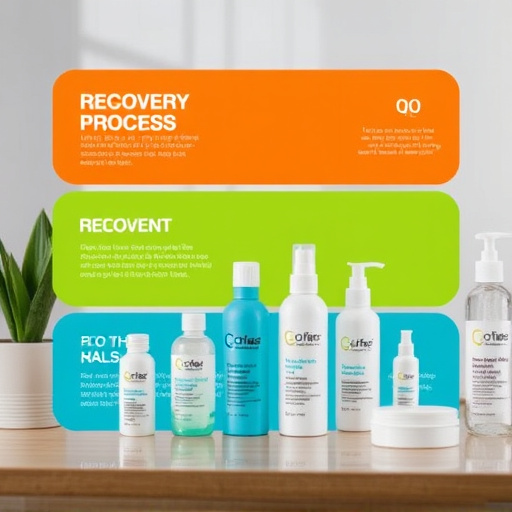
Laser hair removal is a popular permanent hair reduction method, and understanding the recovery process is essential for setting realistic expectations. After the procedure, it’s normal to experience some redness and swelling in the treated area, which typically peaks within 24-48 hours. This is part of the body’s natural healing response. Most people can resume their regular activities a day or two after treatment, but it’s crucial to follow post-procedure care instructions provided by your dermatologist or clinic.
The laser hair removal recovery time varies depending on skin type, coarseness of hair, and the area treated. Sensitive areas like the face might take a bit longer to heal, while areas with thinner skin may show quicker results. It’s important to avoid sun exposure during recovery and use any recommended topical creams or serums to soothe the skin. Over-the-counter pain relievers can help manage any temporary discomfort.
Optimizing the Healing Process: Tips and Best Practices

The journey towards complete recovery after laser hair removal involves a combination of patience, care, and specific practices. One crucial aspect is understanding that every individual’s healing process may vary, so adhering to post-treatment instructions from your professional is paramount. During the initial stages, keeping the treated area clean and moisturized can significantly impact the recovery. Using gentle, fragrance-free products recommended by your provider ensures minimal irritation, fostering an optimal environment for skin cells to regenerate.
Additionally, protecting the skin from direct sunlight is essential. While it might be tempting to show off the newly smooth skin, UV rays can cause hyperpigmentation and hinder healing. Wear protective clothing or broad-spectrum sunscreen with a high SPF when outdoors. Staying hydrated and maintaining a balanced diet also play vital roles in enhancing recovery. Adequate water intake supports skin hydration, while essential nutrients from whole foods promote cell repair and overall skin health, contributing to faster laser hair removal recovery time.
When to Seek Medical Attention: Signs of Complications and When to Worry
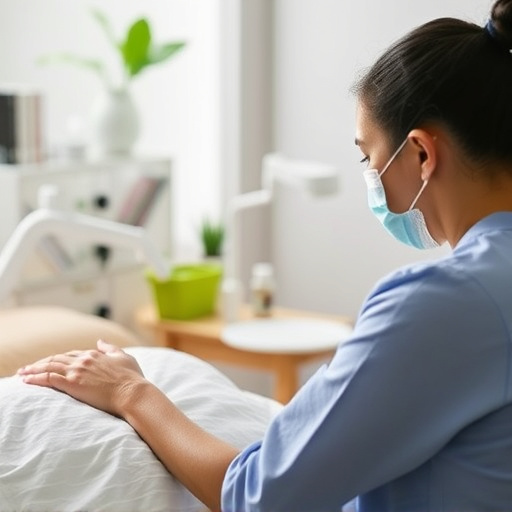
After undergoing laser hair removal, it’s crucial to be aware of potential complications and know when to seek medical attention. While most side effects are temporary and minor, such as redness, swelling, or mild discomfort, there could be signs indicating a more serious issue. If you experience severe pain, prolonged inflammation that doesn’t subside after a few days, intense itching, or the development of pus or blisters, immediate medical intervention is necessary. These symptoms may suggest an infection or a reaction that requires professional care.
Additionally, keep an eye out for any unusual changes in the treated area. If you notice excessive bleeding, significant bruising beyond the normal post-procedure swelling, or a persistent burn-like sensation, it’s important to contact your healthcare provider. Remember, prompt action can prevent further complications and ensure a smoother recovery process. In terms of laser hair removal recovery time, being vigilant about these signs will help you manage expectations and understand when to expect full healing.
Laser hair removal offers a long-term solution to unwanted hair, but understanding the recovery process is key. By following the tips outlined in this article, including best practices for healing and knowing when to seek medical attention, you can ensure a smooth journey towards smoother, hair-free skin. Remember, while laser hair removal recovery time varies, with proper care, you’ll be enjoying the lasting benefits of reduced hair growth in no time.


